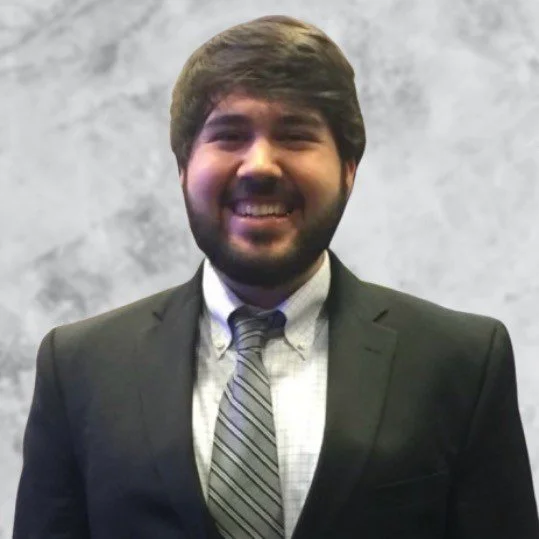Data Scientist @ RogueHire
Hi, welcome to my website!
My name is Preston, and I’m a Data Scientist at RogueHire — where my current work focuses on building the RogueHire Labor Insights Model — a living network that identifies how workers, jobs, healthcare facilities, and universities move and interact across the healthcare economy. Visit my blog Console Atlas where I write explainer articles on the Labor Insights Model.
Just as Meta’s social graph maps relationships and Google’s knowledge graph maps information, the RogueHire Labor Insights Model maps the economic architecture of healthcare — tracing how clinicians, institutions, and communities connect, move, and transform over time.
The RogueHire Labor Insights Model blends proprietary and administrative data, integrating multiple perspectives of the healthcare economy into one connected framework. Built at the census-block level for every community in the United States, it operates at a uniquely fine spatial resolution — capturing not only employment, but the movement behind it: the inflow of new graduates entering the system, the migration of clinicians across regions, and the separations that reflect retirements and career transitions.
On the competitive side, the RogueHire Labor Insights Model integrates facility-level administrative data—capturing the location, scale, and attributes of every healthcare provider—to model local market structure, competitor density, and service overlap. Unified with labor flow data, these layers illuminate how care delivery networks and the professionals who power them are spatially and economically linked, forming a micro-level, continuously updating map of healthcare labor dynamics across the nation.
At its core, the RogueHire Labor Insights Model is about eliminating the information asymmetry that fragments healthcare. It removes the friction that slows the movement of talent — transforming scattered, delayed, and siloed data into a unified intelligence that reveals how people, skills, and care capacity flow through space.
When Bloomberg emerged in the 1980s, financial markets were drowning in data but starved for clarity. Traders had information — prices, reports, and filings — yet no integrated system to interpret it in real time. The Bloomberg Terminal solved that by turning noise into structure, creating a transparent, interactive network where capital could finally move with confidence. Two decades later, Google did the same for the web: it didn’t invent information, it organized it — connecting pages into meaning, building the index that made the world searchable.
The RogueHire Labor Insights Model follows in that same tradition — but for healthcare. It takes the world’s most fragmented market and gives it structure, turning disconnected data points into a coherent map of how the healthcare system truly operates. Like Bloomberg for finance and Google for information, it replaces opacity with comprehension — transforming a reactive system into one that can finally see itself.
About Me
I earned my Ph.D. in Economics from Florida State University, where I studied how households value neighborhood amenities and disruptions—crime, neighborhood change, and shifts in transit demand during the COVID-19 pandemic. That foundation in labor and spatial economics shapes how I now design predictive systems that blend econometrics, AI, and geospatial modeling to help healthcare organizations plan, hire, and grow with greater precision and foresight.
In my spare time, I enjoy spending time with my wife Malaya and newborn son Rainer.
